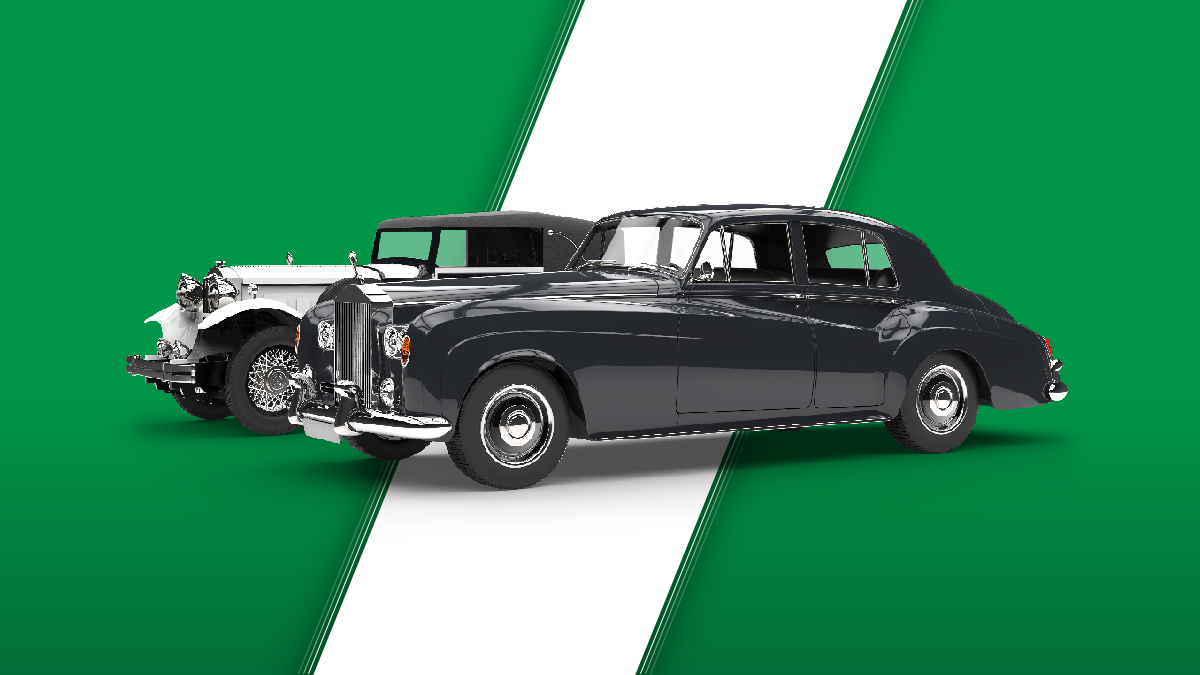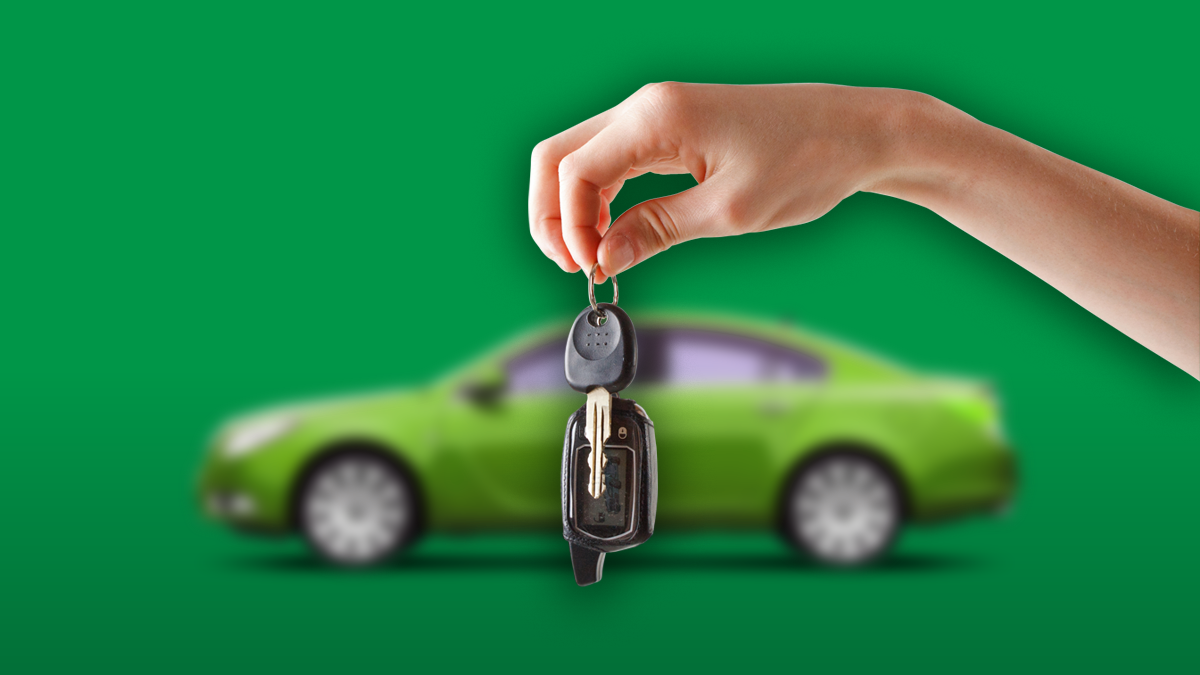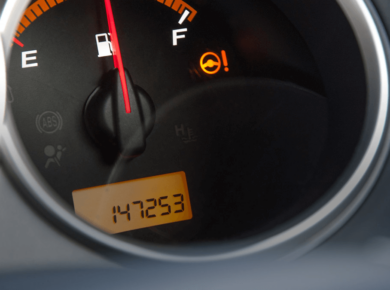A Vehicle Identification Number (VIN) is a unique 17‑digit code that acts like a fingerprint for every modern car. Introduced in 1954 in the United States, VINs weren’t standardized until 1981. That means if you own—or are shopping for—a classic or vintage vehicle, you’ll need to know how to perform an old car VIN check, a vintage car VIN number check, or even a pre‑1980 VIN number search free to uncover your car’s history.
1. Why VINs Matter for Classic, Vintage, and Pre‑1981 Cars
- Fraud prevention & ownership tracking: A thorough VIN check on a classic car ensures the chassis hasn’t been tampered with or re‑assigned.
- Safety recalls & specs: Manufacturers can provide recall info when you request a vintage car VIN check.
- Accident & title history: Running a standard vintage VIN check on your 17‑digit VIN unveils past incidents.
2. Challenges with Pre‑1981 VIN Decoder & Lookup
Before 1981, each automaker used its own system. That means if you need a pre-1981 VIN decoder or pre-1981 VIN lookup, you’ll face:
- Non‑standard formats: Early VINs varied in length and coding.
- Sparse digital records: No online databases existed for old VIN number search prior to the 1980 standard.
- Engine‑based registrations: States often tracked vehicles by engine number, not chassis VIN.
3. Step‑by‑Step: Old Car VIN Check & Free Pre‑1980 VIN Number Search
- Gather vehicle details
- Make, model, year, manufacturing plant, engine serial number.
- Photos of the VIN plate or stamping.
- Contact the original manufacturer
- Request a vintage car VIN number check or VIN check on a classic car by providing the details above.
- Receive factory build sheets, equipment codes, and recall history.
- Visit state DMVs for an old VIN number search
- Submit a request for each state where the car was registered.
- Ask specifically for any records tied to your VIN or engine number.
- Use online tools for pre‑1981 VIN lookup
- If you have a standardized 17‑digit VIN, run a classic car VIN check through services like ClearVin for instant history.
- For truly vintage codes, try free specialty forums or enthusiast sites offering pre‑1980 VIN number search free tools.
4. Tips for a Successful Vintage VIN Check
- Be precise: Minor typos can derail a vintage car VIN number check.
- Document everything: Keep copies of emails, forms, and responses from both manufacturers and DMVs.
- Leverage enthusiast networks: Classic‑car clubs often maintain archives of early VIN decoding schemes.
5. When to Use ClearVin for a VIN Check on a Classic Car
If your car sports a standard 17‑digit VIN, running a vintage VIN check online is fast and easy:
- Enter your VIN into ClearVin’s lookup tool.
- Review instant results covering title history, accidents, odometer readings, and more.
- Save or print your report before purchasing or restoring.
Don’t let an obscure pre‑1981 VIN format stop you from uncovering your car’s story. Whether you’re doing an old car VIN check, a vintage car VIN check, or a free pre‑1980 VIN number search, these steps will guide you to the most reliable vehicle history information available.











6 comments
Sweet website , super pattern, real clean and employ friendly.
Like!! Really appreciate you sharing this blog post.Really thank you! Keep writing.
Great blog right here! Also your site rather a lot up very
fast!
Great job but what were vin called before 1981, just id numbers?
Hi Emma,
Thanks for reading our blog!
We do appreciate your interest, VINs were first used in 1954 in the United States, though from 1954 to 1981, there was no accepted standard for these numbers, so different manufacturers used different formats. Also, some vehicles have only a serial or engine number.
Have a nice day!
All the comments made me chuckle and picture a chinese click factory offering absolutely no substance or evidence they actually read the article.
If USA used engine numbers prior to 1980 what sid Canada use?